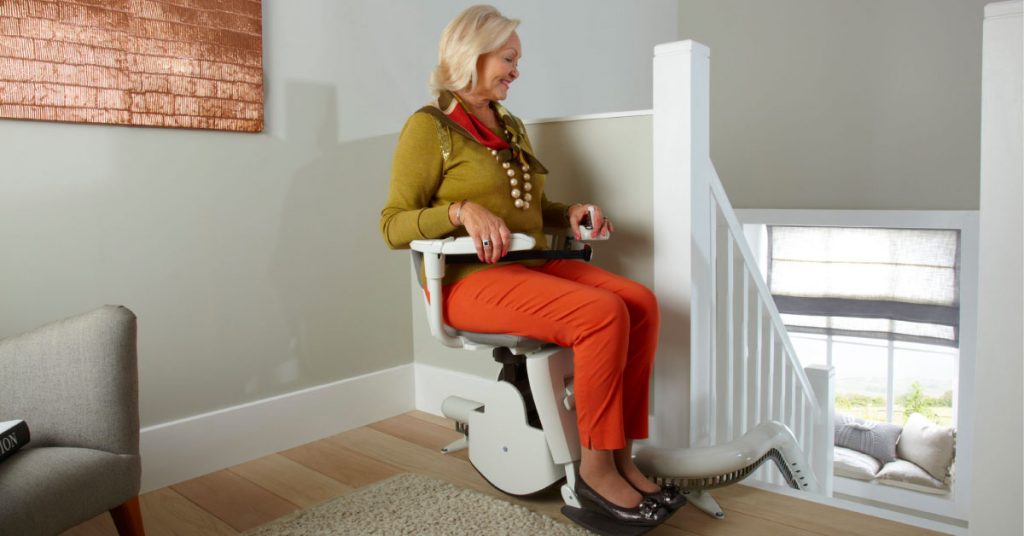When it comes to home safety, safety rails for stairs play a crucial role in preventing accidents and enhancing the overall security of your living space. Whether you’re a homeowner looking to improve the safety of your home or someone concerned about the well-being of elderly family members, understanding the importance of safety rails is essential. In this article, we will explore the various benefits and considerations of installing safety rails in your home.

Why Are Safety Rails for Stairs Important?
Safety rails are vital for preventing falls and accidents on stairs, which are common areas for mishaps in homes. They provide stability and support, especially for individuals with limited mobility, children, and the elderly. Installing safety rails can significantly reduce the risk of injuries and give you peace of mind knowing that your home is a safe environment.
Types of Safety Rails
There are various types of safety rails to choose from, each offering unique features and benefits. From traditional wooden rails to modern metal designs, you can find safety rails that match your home’s aesthetic while ensuring functionality.
1. Wooden Safety Rails
Wooden safety rails are a classic choice, providing a warm and traditional look. They are durable and can be customized to fit any staircase design.
2. Metal Safety Rails
Metal safety rails offer a sleek and modern appearance. They are often made from materials like stainless steel or wrought iron, providing strength and durability.
3. Glass Safety Rails
For a contemporary and open feel, glass safety rails are an excellent choice. They allow for unobstructed views and can make a space feel larger.
4. Cable Safety Rails
Cable safety rails are a popular option for modern homes. They combine metal posts with strong cables, offering a minimalist and industrial look.
Installation Considerations
Before installing safety rails, it’s important to consider factors such as the height and width of the stairs, the materials used, and the overall design of your home. Consulting with a professional can help ensure that the installation meets safety standards and complements your home’s style.
Height and Width
The height and width of the safety rails should be tailored to the needs of those using the stairs. For example, the ideal height for safety rails for children may differ from that for adults.
Material Selection
Choosing the right material for your safety rails is crucial. Consider factors such as durability, maintenance, and the aesthetic appeal of the materials to ensure they suit your needs.
Benefits of Installing Safety Rails
The primary benefit of installing safety rails is the enhanced safety they provide, but there are additional advantages to consider:
1. Increased Property Value
Homes with well-installed safety rails can have increased property value, as potential buyers often look for safety features.
2. Aesthetic Appeal
With a wide range of styles available, safety rails can add to the aesthetic appeal of your home, making it both safer and more visually pleasing.
3. Peace of Mind
Knowing that your stairs are equipped with safety rails can provide peace of mind, particularly if you have children or elderly family members living with you.
Maintaining Your Safety Rails
Regular maintenance of your safety rails ensures they remain effective and attractive. Regular inspections and cleaning can help identify any wear and tear that needs to be addressed.
Integrating Safety Rails with Home Design
Integrating safety rails into your home design doesn’t mean compromising on style. With various options available, you can find safety rails that enhance the beauty of your home while providing safety. For more on how to integrate safety features into home design, check out this stair safety solutions.
Cost Considerations
The cost of installing safety rails can vary depending on factors such as materials, design complexity, and labor. It’s important to budget accordingly and consider the long-term benefits of investing in home safety.
DIY vs. Professional Installation
While some homeowners may opt for DIY installation, hiring a professional can ensure that the safety rails are installed correctly and meet safety standards.
Conclusion
Incorporating safety rails for stairs in your home is a smart investment in the safety and well-being of your family. With a variety of styles and materials available, you can find the perfect safety rails to complement your home while providing essential support and stability.

FAQs
1. What is the best material for safety rails?
The best material depends on your personal preference, budget, and home design. Common options include wood, metal, and glass.
2. Can I install safety rails myself?
While it’s possible to install safety rails yourself, hiring a professional ensures they are installed correctly and meet safety standards.
3. How often should I check my safety rails?
It’s recommended to inspect your safety rails regularly for any signs of wear and tear, and perform maintenance as needed to ensure they remain secure.
This article contains affiliate links. We may earn a commission at no extra cost to you.

